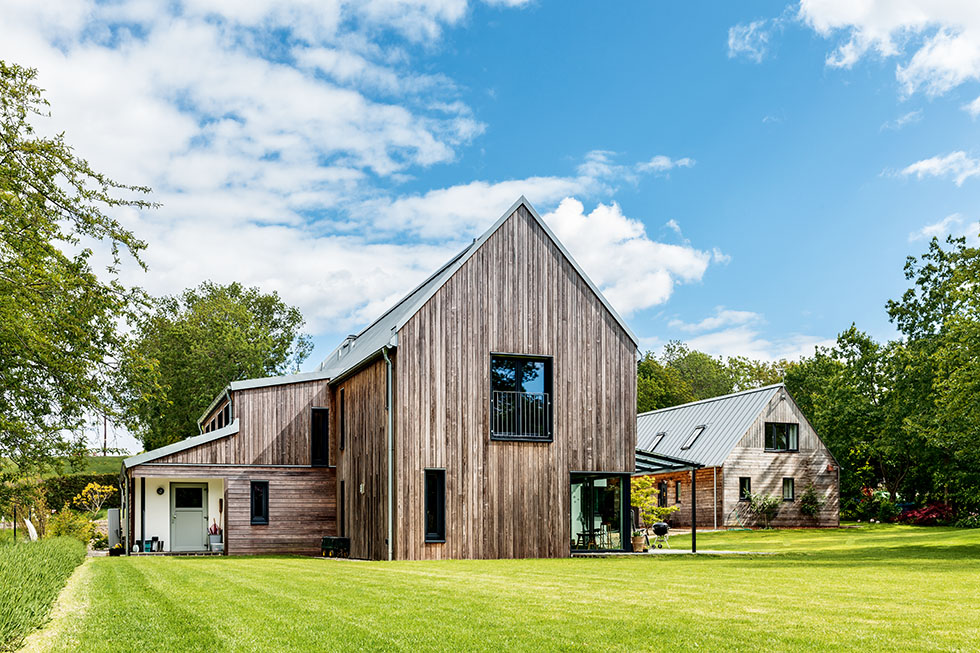How to Value a Building Plot
Knowing how much a potential plot should cost is essential to avoid being ripped off or taking on a project that is not financially viable

Understanding how to work out the value of a plot is important for both buyers and vendors — neither party wants to be ripped off. Here we explain a simple way to assess how much a plot you may be selling or viewing is worth.
A building plot gets its value from the value of the home that can be built upon it. If the site is being sold as a building plot, it should either already have outline or detailed planning permission. If it does not, it is important to check with the vendor to find out why planning hasn’t been achieved (or if you are the vendor explain why). Otherwise, it could be a signal that some other underlying factor may need addressing before the sale can proceed further.
If you are buying, be sure to look at the Design & Access statement as well as the plans that accompanied the original application to see what the potential of the plot is.
(MORE: Assess the potential of a building plot with this in-depth checklist)
Calculating the Value of a Plot
Those in the know tend to go by the ‘third, third, third’ principle, whereby the land value, building costs and profit margin make up the final value of the home. The simple formula is:
The land value (A) + build costs (B) x 20/30% margin (20/30% x A+B) = the end value
It is also relatively simple to establish build costs by using the Homebuilding & Renovating Build Cost Calculator.
Other Factors that Affect Value
While the above formula is a great way to check the value, you might want to factor in other features that could potentially decrease the value (or add to your build costs):
- Topography: a sloping or awkward site will require additional design work and perhaps excavation work for the foundations. Remember to add these costs in when working out your build cost.
- Services: If there is not already connection to water, gas and electricity (or a connection nearby), then you need factor in the cost of bringing these to site. Get an estimate if possible, or consider off mains options.
- Covenants, Easements and Wayleaves: There may be legal documents in place restricting the development of the site — even if planning permission has been granted. Getting these checked, removed or insured against can be costly. Always check.
- Neighbouring developments: If the value of the plot is based on it being secluded and not overlooked, you need to be sure that this is not likely to change imminently. Nothing can be done to protect against development in the distant future, but check there are no current plans to develop adjoining land, and if there are, check how this affects your own project. Ask around too — if the neighbouring land is owned by known developers or people who have made it know they are looking to sell, consider the implications.
Get the Homebuilding & Renovating Newsletter
Bring your dream home to life with expert advice, how to guides and design inspiration. Sign up for our newsletter and get two free tickets to a Homebuilding & Renovating Show near you.
David is one of the UK's leading self build and plotfinding experts, and a serial self builder who has been building homes for 50 years. The author of Building Your Own Home, now in its 18th edition, and the Homes Plans Book, David spent decades as a speaker and expert at self build exhibitions such as the Homebuilding & Renovating Show. He also helped countless budding self builders find their dream building plots as part of his long-running Plotfinder Challenge series in Homebuilding & Renovating magazine. He has self built 14 homes.

